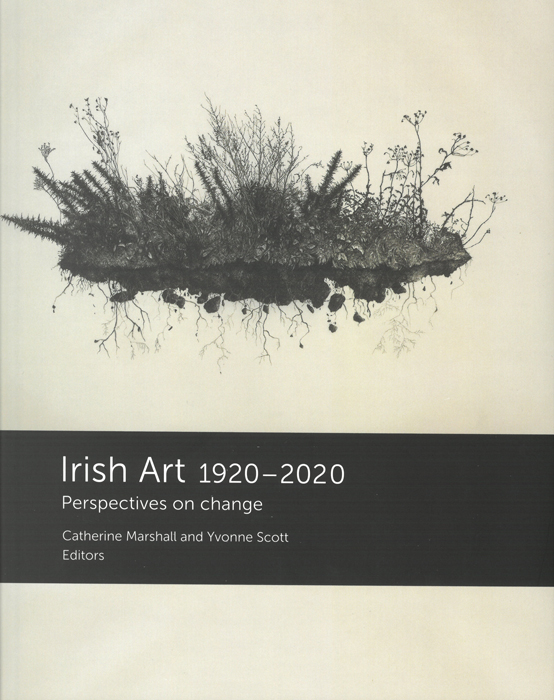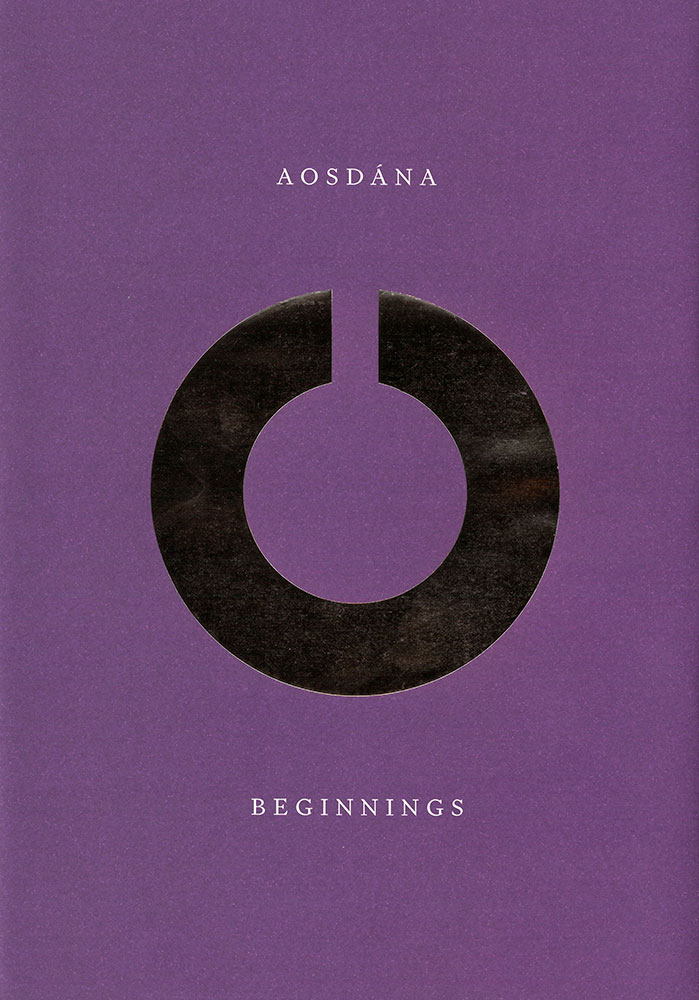Mike Fitzpatrick reflects on the sombre, otherworldly quality of Michael Canning’s work
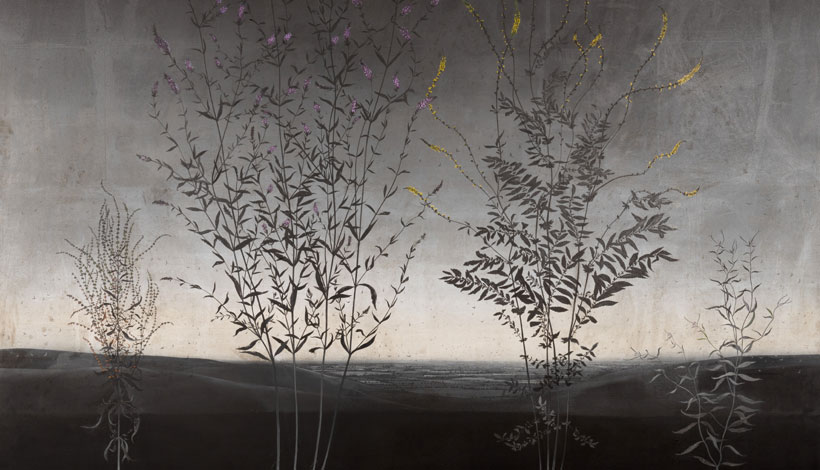
Mike Fitzpatrick reflects on the sombre, otherworldly quality of Michael Canning’s work
Having decided at the tender age of nine that he was going to be an artist, Michael Canning’s subsequent development shows a deep intensity and adherence to an arduous process in the creation of his artworks. His parents, though not engaged in the arts, both contributed to his development as an artist. He has an ingrained memory, and admiration, of his father working with cars, as a panel beater, spray painter and colourist. Canning builds up layers in his paintings, washing off and slowly reworking their surfaces.
An early win in a national art competition prompted his mother to introduce the young Canning to the Limerick travelling library, where he relished books relating to art. She also sought out Benedict Tutty, an artist and Benedictine monk at nearby Glenstal Abbey. Tutty introduced Canning to their collection of Russian ikons and for the first time the young boy was aware that paintings did not just exist in books, but were real physical objects as well. ‘I had to navigate my own way through what was good in art or what I was interested in. I was fairly open-minded and everything was worth reading and worth looking at: Peter Paul Rubens, Henri de Toulouse-Lautrec, Georgia O’Keeffe, Eva Hesse, Rembrandt. It wouldn’t matter whether the artists were male or female, contemporary or from 500 years ago. By the time I got to art school I was comfortable with most facets of art history.’
To read this article in full, subscribe or buy this edition of the Irish Arts Review
Having decided at the tender age of nine that he was going to be an artist, Michael Canning’s subsequent development shows a deep intensity and adherence to an arduous process in the creation of his artworks. His parents, though not engaged in the arts, both contributed to his development as an artist. He has an ingrained memory, and admiration, of his father working with cars, as a panel beater, spray painter and colourist. Canning builds up layers in his paintings, washing off and slowly reworking their surfaces.
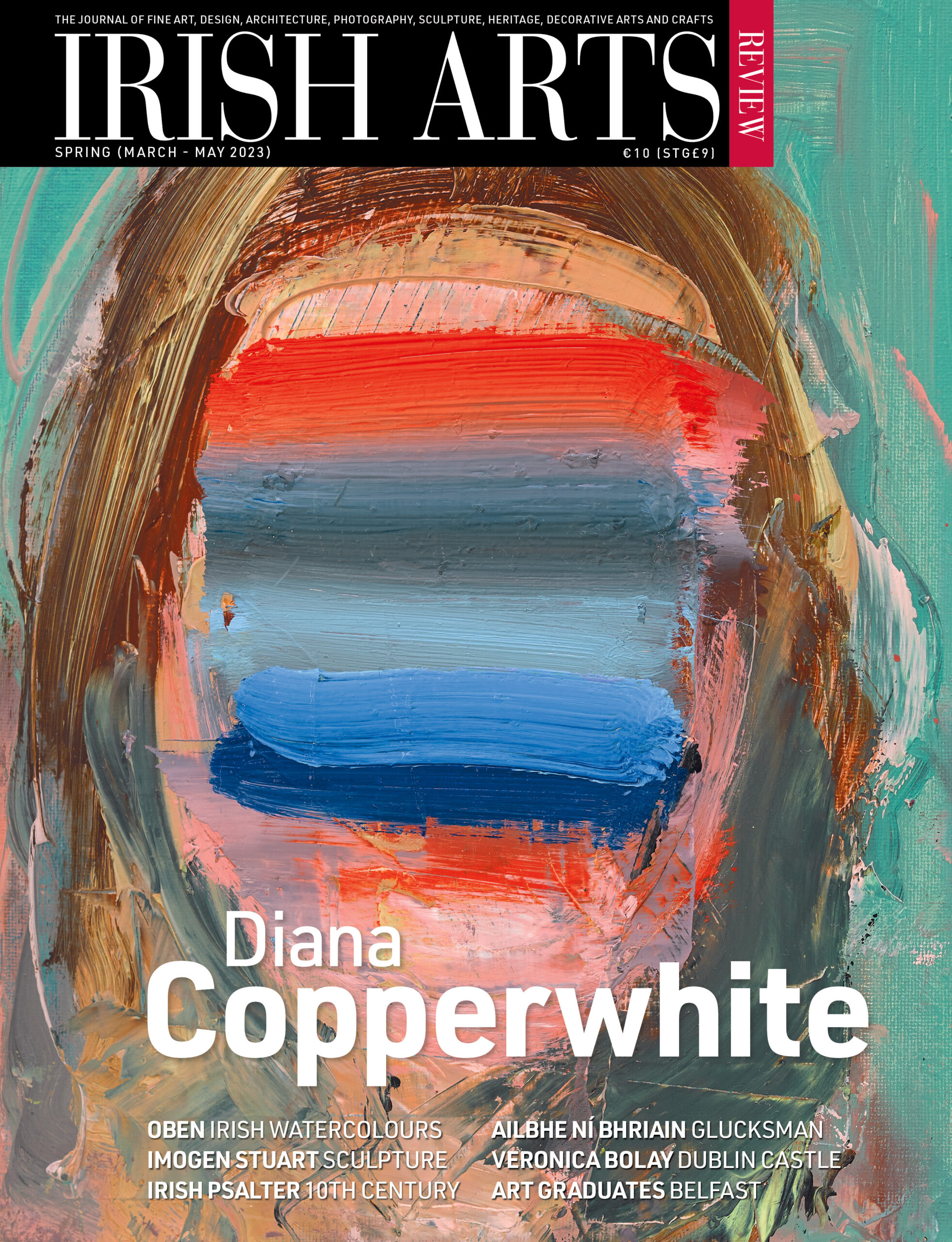
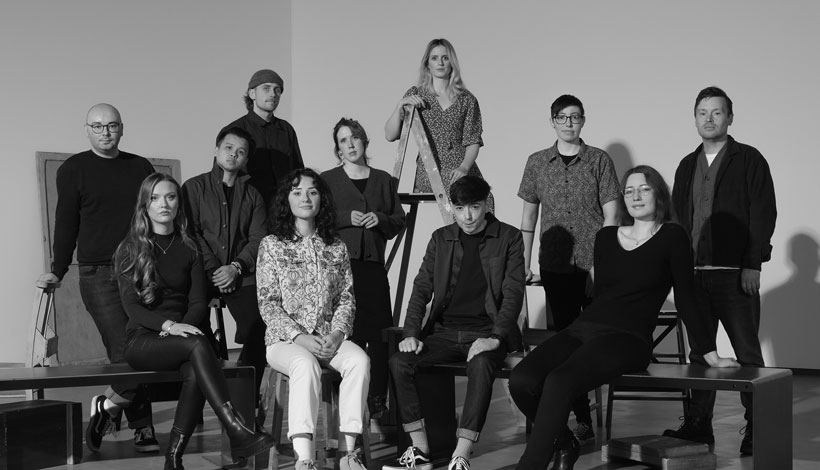
Isabella Evangelisti visits the MAC in Belfast, where the work of selected painting graduates from Belfast School of Art is on show
